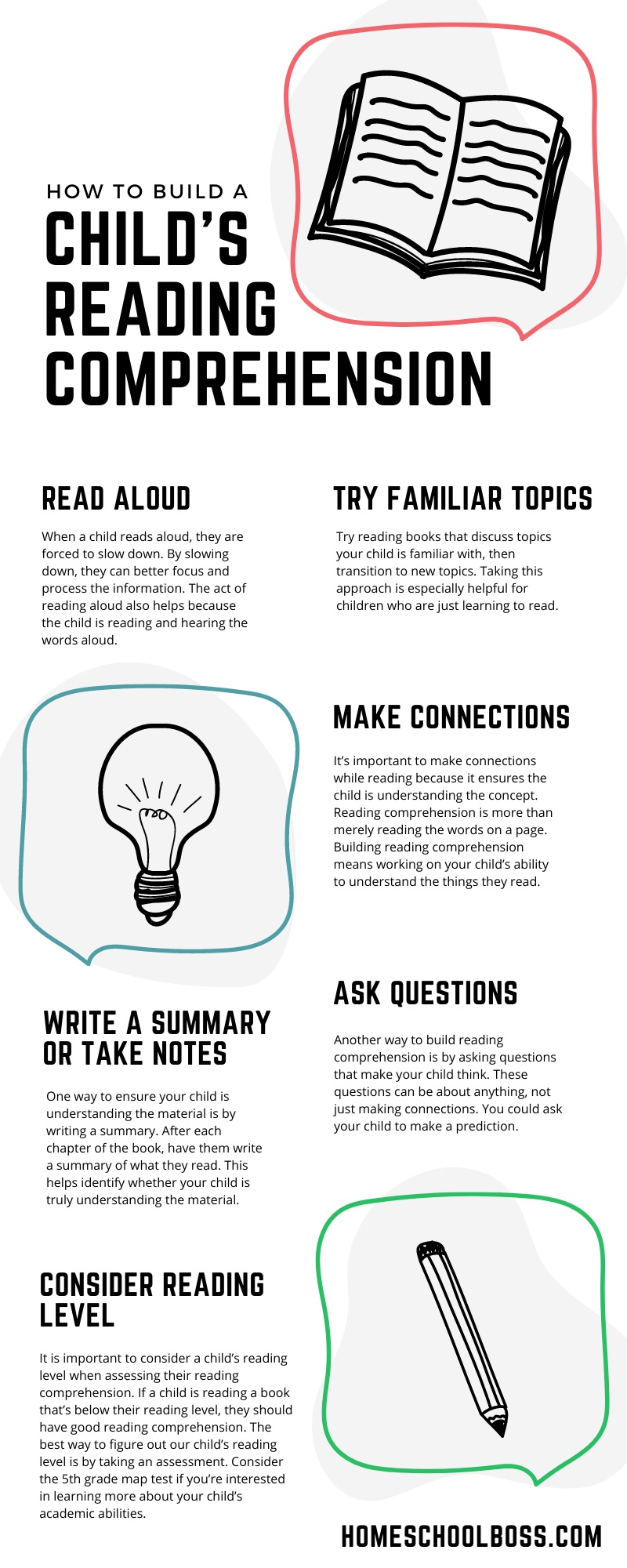Reading comprehension is an essential skill that allows individuals to understand, interpret, and analyze written text. It involves not only decoding words but also making meaning from the text. Many students struggle with reading comprehension, but with the right strategies and practice, it can be improved.
Explaining reading comprehension to students can be challenging, but breaking it down into manageable steps can make it easier for them to grasp. By teaching them specific techniques and providing opportunities for practice, students can enhance their comprehension skills and become more confident readers.
How to Explain Reading Comprehension
One effective way to explain reading comprehension is to emphasize the importance of actively engaging with the text. Encourage students to ask questions, make predictions, and visualize what they are reading. By actively thinking about the text, students can better understand the author’s message and retain information.
Another key aspect of reading comprehension is making connections. Help students understand how to relate the text to their own experiences, other texts, and the world around them. By making connections, students can deepen their understanding and make the text more meaningful.
Additionally, teaching students how to monitor their comprehension is crucial. Encourage them to pause periodically while reading to reflect on what they have read and check for understanding. If they come across a challenging passage, teach them to use strategies such as re-reading, summarizing, or asking for help to improve their comprehension.
Lastly, providing students with opportunities for discussion and reflection can enhance their comprehension skills. Encourage them to discuss the text with their peers, share their thoughts and interpretations, and listen to different perspectives. By engaging in meaningful conversations about the text, students can deepen their understanding and develop critical thinking skills.
In conclusion, reading comprehension is a complex skill that requires active engagement, making connections, monitoring comprehension, and meaningful discussions. By explaining these key components to students and providing them with strategies and practice, they can improve their comprehension skills and become more proficient readers.
